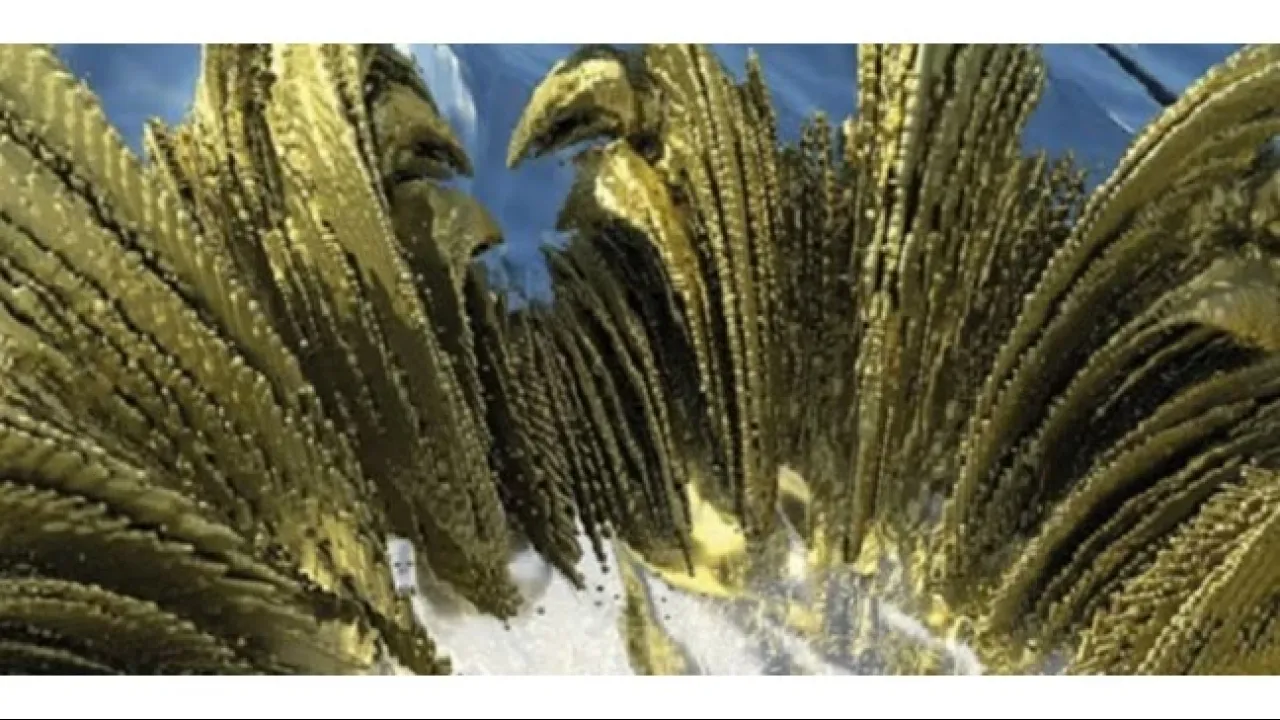
Dark materials squeeze green fuel from sunlight
Metallic nanostructures that slow down light dramatically can triple the efficiency of solar-based hydrogen fuel generation.
About
Hydrogen gas, an important synthetic feedstock, is poised to play a key role in renewable energy technology; however, its credentials are undermined because most is currently sourced from fossil fuels, such as natural gas. A KAUST team has now found a more sustainable route to hydrogen fuel production using chaotic, light-trapping materials that mimic natural photosynthetic water splitting.
The complex enzymes inside plants are impractical to manufacture, so researchers have developed photocatalysts that employ high-energy, hot electrons to cleave water molecules into hydrogen and oxygen gas. Recently, nanostructured metals that convert solar electrons into intense, wave-like plasmon resonances have attracted interest for hydrogen production. The high-speed metal plasmons help transfer carriers to catalytic sites before they relax and reduce catalytic efficiency.
Getting metal nanoparticles to respond to the entire broadband spectrum of visible light is challenging. “Plasmonic systems have specific geometries that trap light only at characteristic frequencies,” explains Andrea Fratalocchi, who led the research. “Some approaches try to combine multiple nanostructures to soak up more colors, but these absorptions take place at different spatial locations so the sun’s energy is not harvested very efficiently.”
Read the full article
